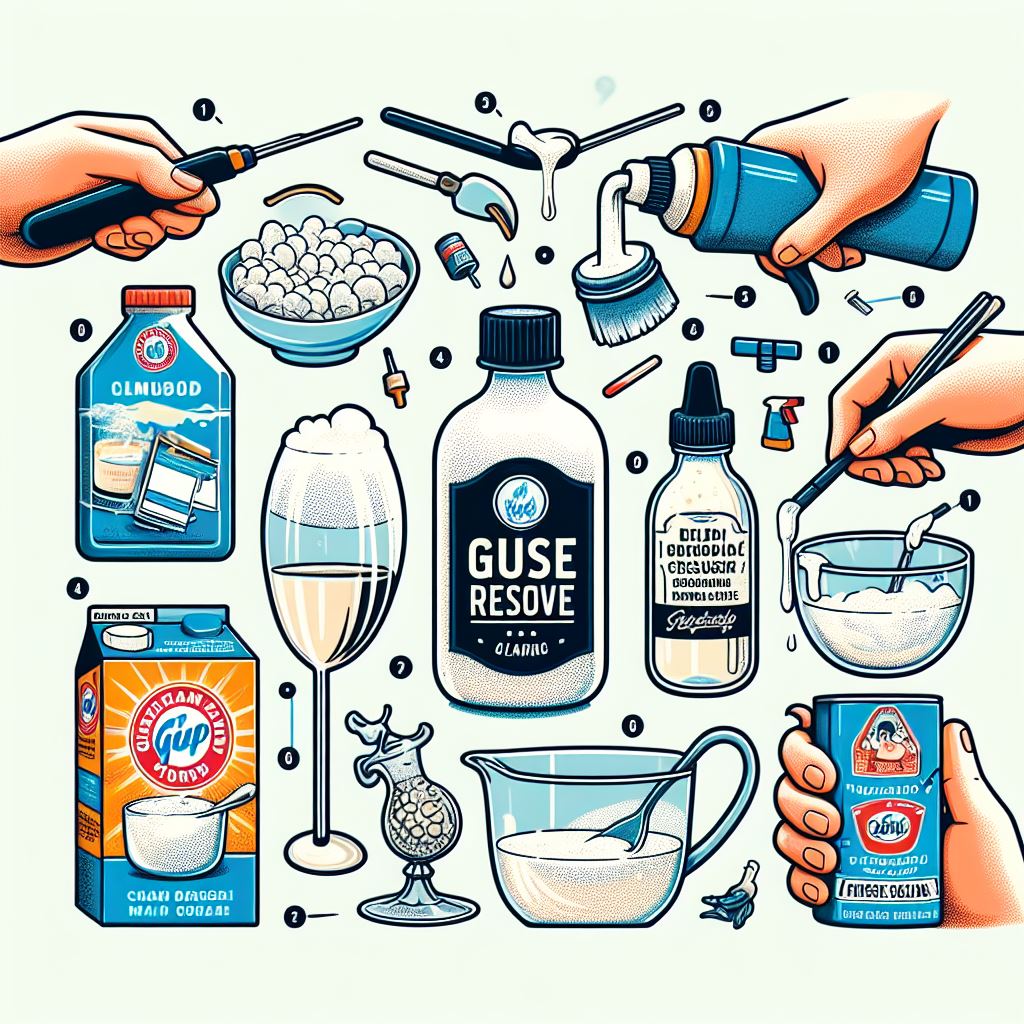7 Solvents to Remove Glue from Glass Quickly and Easily | Checkout NOW
Introduction:
Glass surfaces often suffer from unsightly glue residue, diminishing their clarity and aesthetic appeal. With numerous solvent options available, choosing the right one can be daunting. Our comprehensive guide explores the top 7 solvents for effectively removing glue from glass surfaces.
Problems Faced With Glue Residue On Glass: Glue residue on glass poses practical and aesthetic challenges. From reducing transparency and attractiveness to impairing functionality, adhesive stains on glass can create an unsanitary environment and even damage the surface. It's crucial to address these issues with the right solvents and techniques to restore glass surfaces to their pristine condition.
Acetone (Versatile Solution):
Acetone stands out as a potent solvent for dissolving tough adhesive residues on glass. Its strong solvent properties and quick evaporation rate make it effective in breaking down glue bonds without leaving behind oily residues. While handling acetone requires caution due to its flammability and potential to irritate skin, it remains a popular choice for its accessibility and potency.
Isopropyl Alcohol (Rubbing Alcohol): Isopropyl alcohol offers a safe and accessible alternative for removing adhesive from glass surfaces. Its mild nature makes it suitable for delicate glassware, and its quick evaporation ensures residue-free cleaning. However, proper ventilation is essential when using isopropyl alcohol to avoid inhaling fumes.
Vinegar (Natural Alternative): Vinegar, with its acidic properties, serves as a natural solvent for dissolving adhesive bonds on glass. Safe, affordable, and environmentally friendly, vinegar is an ideal option for those seeking a gentle yet effective cleaning solution. Diluted with water, vinegar provides a safe and natural remedy for removing glue from glass surfaces.
Goo Gone (Commercial Solution): Goo Gone is a commercial solvent specially formulated to tackle adhesive residues on various surfaces, including glass. Its concentrated formula and citrus-based ingredients efficiently dissolve stubborn adhesives while leaving behind a pleasant aroma. However, caution is advised to avoid potential surface damage, especially on delicate glass objects.
WD-40 (Beyond Lubrication): WD-40, known for its lubricating properties, also serves as an effective solvent for removing glue from glass surfaces. Its solvent components penetrate adhesive bonds, making it versatile for a range of cleaning tasks. However, careful application and testing are recommended to prevent streaks or residue buildup on glass surfaces.
Mineral Spirits (Professional Choice): Mineral spirits, widely used in professional settings, offer strong dissolving capabilities for tough adhesive residues on glass. Their extended evaporation time allows for thorough cleaning without leaving behind residues. Proper safety precautions, including protective gear and adequate ventilation, are essential when using mineral spirits.
DIY Solutions (Crafting Your Own Remedy): For those preferring natural or affordable alternatives, DIY solutions using household items like baking soda, cooking oil, or vinegar offer effective options for removing glue from glass. While DIY methods may require more time and patience, they provide environmentally friendly alternatives with satisfactory results.
Safety Precautions While Using Solvents: When using solvents to remove adhesive from glass, prioritize safety by working in well-ventilated areas, wearing protective gear, and avoiding open flames. Keep solvents out of reach of children and pets, and seek medical attention for any accidents or exposure. Always test new techniques in discreet areas and follow proper disposal guidelines for used solvents.
What To Do If Residue Persists: If adhesive residue persists, gently abrade the area with a soft cloth or sponge dampened with solvent. Avoid abrasive tools that may scratch the glass surface and opt for plastic scrapers if necessary. For stubborn residues, reapply the solvent and allow it to soak before attempting removal.
Conclusion: Selecting the right solvent to remove glue from glass depends on factors such as adhesive type, surface sensitivity, and personal preferences. By considering these factors and following safety precautions, you can effectively tackle adhesive stains on glass surfaces. Explore our comprehensive guide to find the best solvent for your cleaning needs and achieve spotless glass surfaces with ease.


